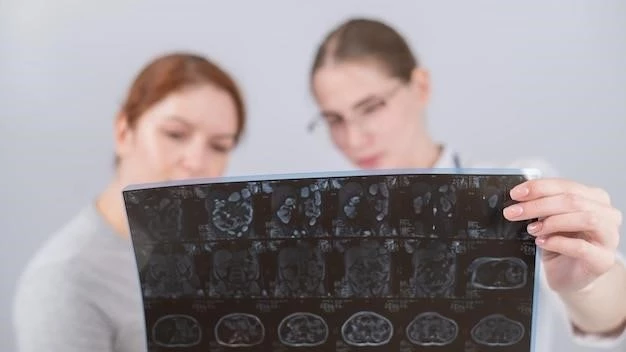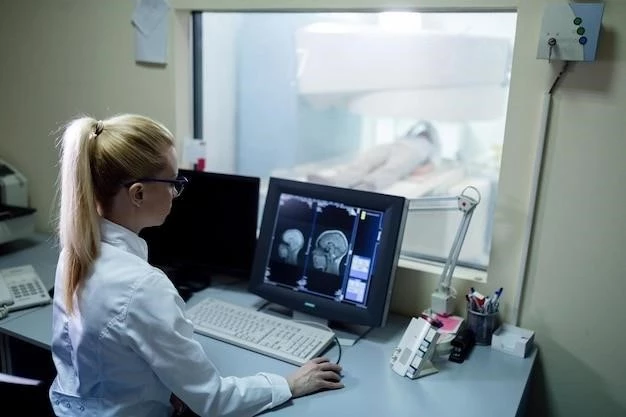Introduction to Radioulnar Synostosis Mental Retardation Hypotonia
Radioulnar Synostosis-Developmental Delay-Hypotonia Syndrome, also known as Der Kaloustian-McIntosh-Silver syndrome, is an extremely rare condition. It involves unilateral radioulnar synostosis, hypotonia, developmental delay, and distinctive facial features.
Definition of Radioulnar Synostosis-Developmental Delay-Hypotonia Syndrome
Radioulnar Synostosis-Developmental Delay-Hypotonia Syndrome, also known as Der Kaloustian-McIntosh-Silver syndrome, is an extremely rare condition characterized by unilateral radioulnar synostosis, hypotonia, developmental retardation, and distinct facial features. This syndrome has been reported in only a few individuals, with clinical manifestations including congenital unilateral radioulnar synostosis, generalized hypotonia, developmental delay, and unique dysmorphic facial characteristics such as a long face, prominent nose, and ears.
Clinical Presentation and Manifestations
Individuals with this syndrome may present with generalized hypotonia, developmental retardation, unilateral radioulnar synostosis, and unique facial features.
Common Symptoms and Features
Common symptoms of Radioulnar Synostosis-Developmental Delay-Hypotonia Syndrome include generalized hypotonia, developmental retardation, unilateral radioulnar synostosis, and distinct facial characteristics such as a long face, prominent nose, and ears. This rare syndrome is typically characterized by a unique combination of physical and developmental characteristics that distinguish it from other conditions.
Facial Characteristics and Physical Abnormalities
Individuals with Radioulnar Synostosis-Developmental Delay-Hypotonia Syndrome may exhibit distinctive facial features such as a long face, prominent nose, and ears. In addition to these facial characteristics, physical abnormalities can include unilateral radioulnar synostosis, generalized hypotonia, and developmental retardation. Recognizing these unique features is crucial for early identification and comprehensive management of this rare syndrome.
Diagnosis and Specialist Referrals
When suspecting Radioulnar Synostosis-Developmental Delay-Hypotonia Syndrome, consult specialists including geneticists, neurologists, orthopedists, and ophthalmologists for accurate diagnosis and comprehensive care.
Diagnostic Procedures for Radioulnar Synostosis Syndrome
Diagnosis of Radioulnar Synostosis-Developmental Delay-Hypotonia Syndrome involves genetic testing, neurological assessments, orthopedic evaluations, and ophthalmological examinations. Imaging studies such as X-rays may be performed to confirm the presence of unilateral radioulnar synostosis. Specialist referrals to geneticists, neurologists, and orthopedists are essential for an accurate diagnosis and comprehensive management plan.
Treatment and Management Approaches
For effective management of Radioulnar Synostosis-Developmental Delay-Hypotonia Syndrome, surgical resection of synostosis, irradiation, and indomethacin may be considered. Adequate consultations with specialists are crucial for personalized treatment plans.
Surgical and Operative Interventions
Surgical resection of synostosis, irradiation, and indomethacin may be pursued as treatment options for individuals with Radioulnar Synostosis-Developmental Delay-Hypotonia Syndrome. It is essential to consider surgical interventions under the guidance of qualified healthcare professionals for optimal outcomes.
Anesthetic Considerations and Precautions
Before anesthesia for individuals with Radioulnar Synostosis-Developmental Delay-Hypotonia Syndrome, it is crucial to document limb function and take proper care during positioning to avoid complications. Anesthetic considerations should be tailored to the specific needs of each patient under the guidance of healthcare professionals.
Genetic Inheritance and Syndromes Associated
Individuals with Radioulnar Synostosis-Developmental Delay-Hypotonia Syndrome may have a genetic basis and presentations may include generalized hypotonia, developmental retardation, and unique facial features.
Understanding the Genetic Basis of Radioulnar Synostosis Syndrome
Radioulnar Synostosis-Developmental Delay-Hypotonia Syndrome may have an autosomal recessive inheritance pattern and is associated with characteristic facial features, developmental retardation, unilateral radioulnar synostosis, and generalized hypotonia. Genetic testing and consultation with geneticists are essential for a comprehensive understanding of the genetic basis of this rare syndrome.

Research Studies and Case Reports
Considering the unique characteristics of Radioulnar Synostosis-Developmental Delay-Hypotonia Syndrome, research studies and case reports offer valuable insights into the genetic basis and clinical manifestations of this rare syndrome.
Notable Cases and Findings in Radioulnar Synostosis-Developmental Delay-Hypotonia Syndrome
Reports of individuals with generalized hypotonia, developmental retardation, unilateral radioulnar synostosis, and distinctive facial features suggest a new autosomal recessive syndrome. Understanding such cases can provide valuable insights into this rare syndrome.
Support Resources and Assistance
Access mental health assistance resources for individuals with developmental disabilities including medical trauma support, local mental illness help, and substance abuse treatment centers for comprehensive care.
Mental Health Assistance for Individuals with Developmental Disabilities
Explore mental health assistance resources tailored for individuals with developmental disabilities, including trauma support services, local mental health resources, and substance abuse treatment facilities, ensuring comprehensive care and support.
It is advised to monitor the development of individuals with Radioulnar Synostosis-Developmental Delay-Hypotonia Syndrome carefully to optimize long-term outcomes. Seek specialized care for personalized management and support.
Prognosis and Long-Term Outcomes
Monitoring individuals with Radioulnar Synostosis-Developmental Delay-Hypotonia Syndrome is essential for optimizing long-term outcomes. Seek specialized care for personalized management and support.
Rare Disease Day and Advocacy Efforts
Participate in Rare Disease Day to raise awareness about conditions like Radioulnar Synostosis Syndrome and advocate for better support and research funding.
Raising Awareness for Rare Disorders like Radioulnar Synostosis Syndrome
Participate in events like Rare Disease Day to increase awareness about conditions such as Radioulnar Synostosis Syndrome and advocate for better research, support, and understanding of rare disorders.
Address behavioral abnormalities and learning difficulties with personalized strategies and professional support for individuals with Radioulnar Synostosis Syndrome.
Behavioral and Developmental Challenges
Implement personalized strategies to address behavioral abnormalities and learning difficulties effectively in individuals with Radioulnar Synostosis Syndrome.
Social Security Disability Benefits
Individuals diagnosed with Radioulnar Synostosis-Developmental Delay-Hypotonia Syndrome may be eligible for Social Security Disability benefits. Seek information and guidance to understand eligibility criteria and support available.
Eligibility Criteria and Support for Individuals with Radioulnar Synostosis Syndrome
Individuals diagnosed with Radioulnar Synostosis-Developmental Delay-Hypotonia Syndrome may be eligible for Social Security Disability benefits. Understanding the eligibility criteria and seeking appropriate support are crucial steps for accessing necessary assistance.

Neurodevelopmental Disorders and Intellectual Impairment
Understanding the relationship between hypotonia and cognitive function is vital for individuals with Radioulnar Synostosis Syndrome. Seek specialized care and guidance for comprehensive management.
Understanding the Relationship between Hypotonia and Cognitive Function
Individuals with Radioulnar Synostosis Syndrome may experience cognitive function challenges due to the impact of hypotonia. Seek specialized care to address these neurodevelopmental issues effectively.
Management of Psychomotor Retardation
Implement strategies for coping with slow mental and physical activities to support individuals with Radioulnar Synostosis Syndrome effectively.
Strategies for Coping with Slow Mental and Physical Activities
Individuals with Radioulnar Synostosis Syndrome benefit from strategies to manage slow mental and physical activities effectively. Seek professional guidance for personalized coping mechanisms.
Future Research Directions and Collaborative Efforts
Advancing knowledge in Radioulnar Synostosis Mental Retardation Hypotonia Syndrome through research studies and collaborative efforts is crucial for better understanding and management. Stay updated on new developments in the field.
Advancing Knowledge in Radioulnar Synostosis Mental Retardation Hypotonia Syndrome
Research studies and collaborative efforts are crucial for advancing the understanding of Radioulnar Synostosis Syndrome. Stay informed on new developments in research to enhance knowledge and care for individuals with this condition.
